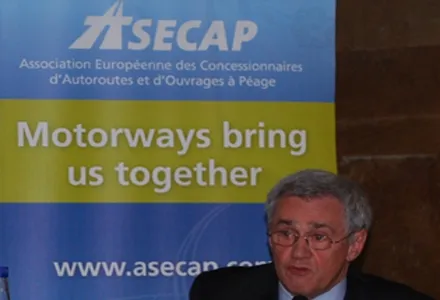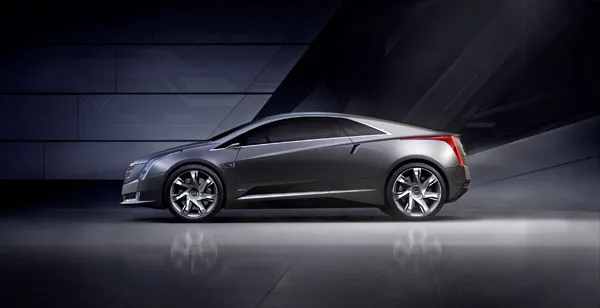In Sweden, the right wing majority governing the county of Stockholm is proposing to raise the current congestion charge and also introduce a congestion charge for traffic on Essingeleden from 1 January 2016. The increased annual tax income of €56.81 million (SEK500 million) will be invested in the extension of the metro system.
Ulla Hamilton, vice mayor of traffic, said that the increased population growth in Stockholm has prompted her Moderate Party to promote added congestion charges.
October 15, 2013
Read time: 1 min
In Sweden, the right wing majority governing the county of Stockholm is proposing to raise the current congestion charge and also introduce a congestion charge for traffic on Essingeleden from 1 January 2016. The increased annual tax income of €56.81 million (SEK500 million) will be invested in the extension of the metro system.
Ulla Hamilton, vice mayor of traffic, said that the increased population growth in Stockholm has prompted her Moderate Party to promote added congestion charges.
Meanwhile, a report presented to the Expert Group on Public Economics in Sweden has proposed the formation of a new Nordic-wide transport authority to manage cross-border road and railway infrastructure. The report also writes that the government's role as owner of the road network should be studied as privatisation and road tolls are increasing popular abroad.
Ulla Hamilton, vice mayor of traffic, said that the increased population growth in Stockholm has prompted her Moderate Party to promote added congestion charges.
Meanwhile, a report presented to the Expert Group on Public Economics in Sweden has proposed the formation of a new Nordic-wide transport authority to manage cross-border road and railway infrastructure. The report also writes that the government's role as owner of the road network should be studied as privatisation and road tolls are increasing popular abroad.








